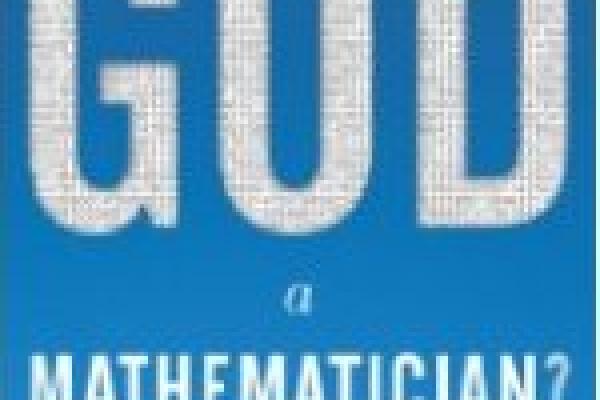Review


'Is God a mathematician?'
"Oh god, I hope not," was the reaction of a student when Livio asked the title question at a lecture, and it's a reaction that's likely to be replicated by many unsuspecting bookshop browsers. But despite its frightening title, the book's appeal could not be broader.










